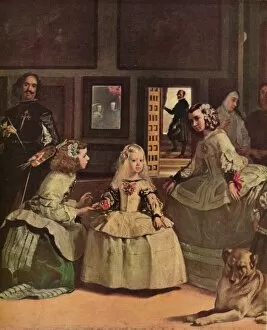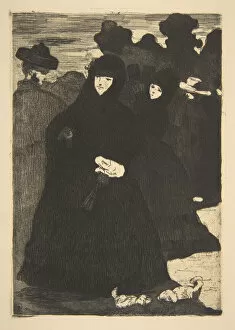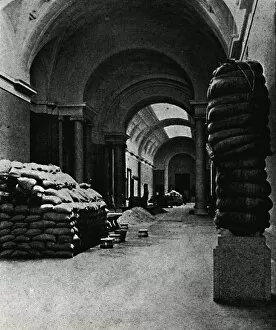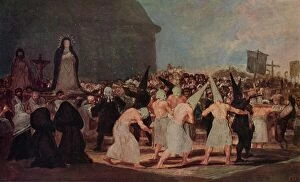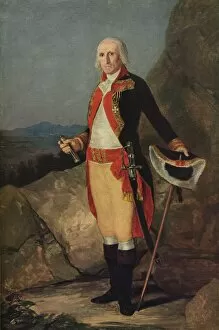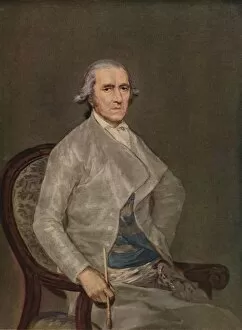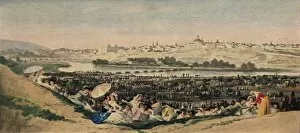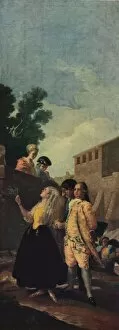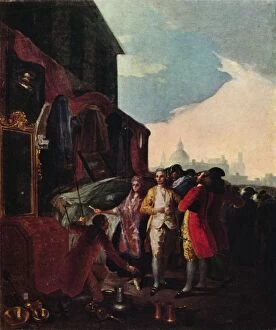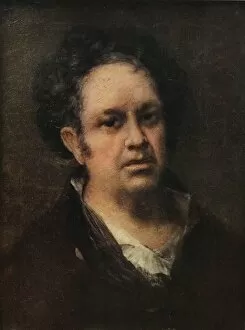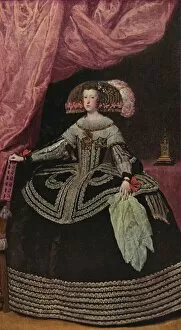Musee Du Prado Collection
The Musee du Prado, located in Madrid, is home to a vast collection of exquisite artworks that span centuries
For sale as Licensed Images
Choose your image, Select your licence and Download the media
The Musee du Prado, located in Madrid, is home to a vast collection of exquisite artworks that span centuries. One of the most famous pieces housed within its walls is "Las Meninas" by Diego Velasquez. Painted in 1656, this masterpiece captures the essence of Spanish royalty and has become an iconic representation of the Baroque period. Another notable work at the museum is Francisco Goya's "The injured Mason. " Created between 1786-1787, this painting depicts a wounded mason being comforted by his fellow workers. It showcases Goya's ability to capture raw emotion and tell a story through his art. Visitors to the they are also admire Edouard Manet's "At the Prado, " which was reworked around 1867. This piece portrays a group of people observing artwork at the museum itself, blurring the lines between reality and art. Francisco Goya's influence continues throughout the museum with works such as "A Procession of Flagellants" and "Powder production in Sierra de Tardienta. " These paintings showcase Goya's mastery in capturing both historical events and everyday life during his time. Other notable artists featured include Raphael with his engraving titled "Portement de Croix, dit lo Spasimo di Sicilia, " as well as Francisco Bayeu with his portrait entitled "The Painter Francisco Bayeu. " With its diverse collection spanning various genres and periods, visiting Musee du Prado offers an immersive experience into art history. From Velasquez’s royal portraits to Goya’s powerful depictions of society, each artwork tells a unique story that captivates visitors from around the world.

